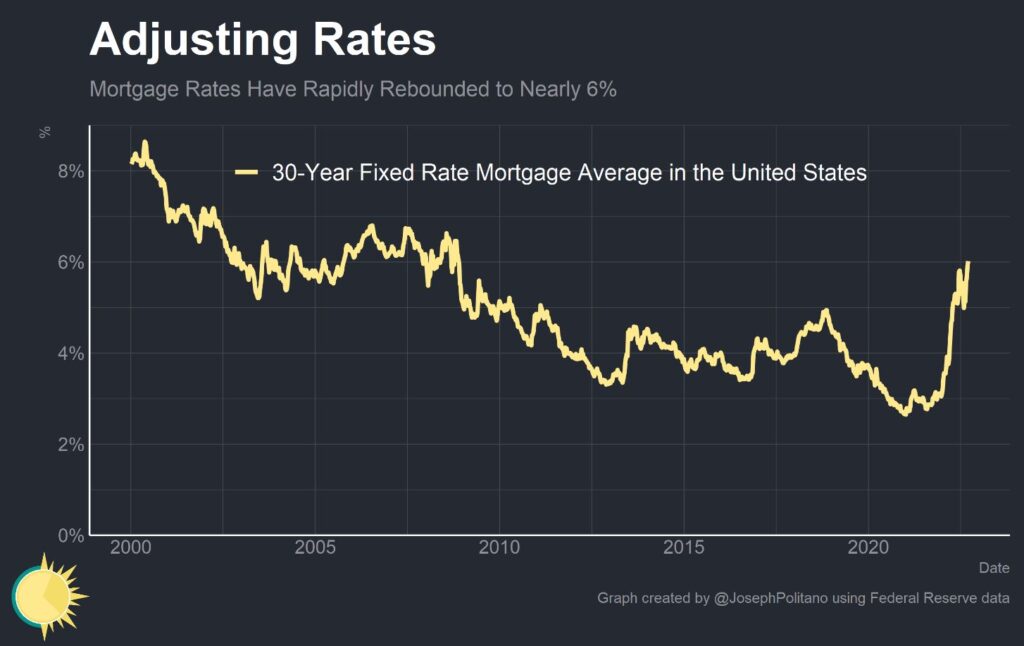Wednesday, September 21, 2022
America’s Fractured Housing Market
From Joseph Politano:
“In early 2020, COVID-19 represented arguably the biggest negative shock to the housing market since 2008. With unemployment rising to 14%, millions of people being forced to move back in with friends or family, and a large share of homeowners becoming at risk of foreclosure, the outlook for the housing market appeared grim.
Policymakers, though, are famously good at fighting the last war—remembering how bad the 2008 crisis was, they pulled out all the stops this time. The Federal Reserve started buying billions in Mortgage-Backed Securities, the federal government spun up a mortgage forbearance program for homeowners, cities and states implemented broad eviction moratoriums, and large amounts of money were disbursed in the form of unemployment benefits and stimulus checks to help workers make rent
By 2021, COVID-19 represented arguably the biggest positive shock to the housing market since 2008—making the initial panic about a possible housing market collapse seem almost ridiculous in retrospect. The feared surge in evictions and foreclosures never came to pass. Prices started skyrocketing as America’s preexisting acute housing shortage mixed with cash-flush buyers who suddenly desired much more space for more home-bound lifestyles. A working paper by John Mondragon and Johannes Wieland attributed half of the 30% increase in housing prices from the end of 2019 to the end of 2021 to the pandemic-driven shift to remote work.“
Continue reading here.

Posted by at 9:01 AM
Labels: Global Housing Watch
Subscribe to: Posts